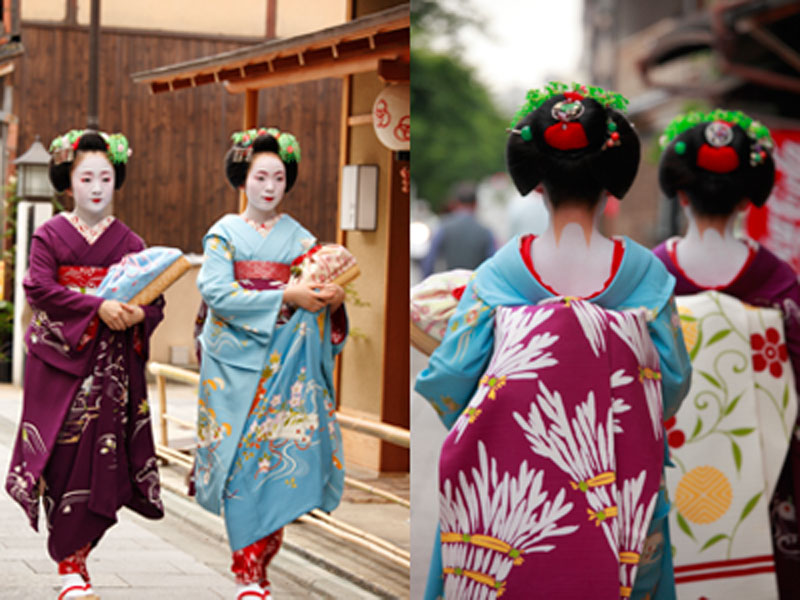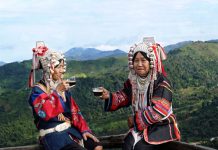Overweight and obesity is becoming a worldwide epidemic. Japan has one of the lowest rates globally. What’s their secrets to curbing obesity?
Globally, obesity rate has more than doubled between 1980 and 2014, says the World Health Organisation. Last year, over 1.9 billion adults (39% of global adult population), age 18 and older, were overweight. Sadly, adult obesity is more prevalent than malnutrition worldwide.
Even more alarming, in 2013, 42 million children under the age of five were overweight or obese, making them the first generation forecasted to have a shorter lifespan than their parents.
Eating Hara Hachi Bu Style
Why does Japan have one of the lowest obesity rates globally compared to many industrialized countries including the United States where one in three Americans is overweight. The answer lies in their traditional diet and eating habit.
Fish, tofu, seaweed, rice and green tea are staples of a Japanese diet
Hara hachi bu (eat until 80% full) dining is a common practice throughout Japan. Japanese believe in packing nutrients into compact, pleasurable sizes – savouring each bite with their taste buds and eyes. The result – eating slower and less – giving the brain time to recognize satiety.
Galloping Gourmet Chef Graham Kerr says “What we are learning now from our neighbours in Japan is that, something that is beautiful can be small. We need to start to eat small, beautiful food, perfectly seasoned and presented.” Scroll down to watch video.
In 2013, Washoku, the traditional Japanese dietary cultures was added to UNESCO’s Intangible Cultural Heritage list, boosting the government’s enthusiasm to attract more tourism dollars and increase the country’s agricultural exports. Japan has not only gained global popularity for its cuisine, but also in its cultural wear and stunning landscapes.

Kimono in Vogue
Spring forward in kimono. It’s one of the hottest styles in the 2015 spring runway collections with trendsetters like Kim Kardashian West showcasing her kimono style wrap while shopping in London earlier this year. “Kimono dressing emerged as one of the season’s key motifs, with obis cinching waists from New York to Paris. At Alexander McQueen, Sarah Burton married the delicacy of geishas with samurai strength,” quotes style.com.
In Japan, this cultural attire is worn by both women and men. Today, the more traditional style wear is spotted mainly at cultural or formal events, weddings, tea ceremonies and funerals. The kimono bestows dignity on its wearer and connects the people to their culture.
Dunes and more
Believe it or not, sand dunes exist in Japan. The Tottori Sand Dunes located in Sanin Kaigan National Park are the largest sand dunes in Japan hugging approximately 16 kilometers of the Sea of Japan coastline. The country’s mist-shrouded hills and string of islands lends a perfect spot for water based and hiking adventures.
“Japan is home to a gracious, well-preserved culture and magnificent landscapes. There are always new places to discover for even jaded travellers,”
says Marian Lam who has visited the country countless times. Lam and her husband worked for Japan Airlines in Hongkong for 30 years prior to establishing their tour company, JBC Travel Canada over two decades ago. Together, they have close to a century of combined expertise when it comes to travel in Japan.
Japan Airlines, All Nippon Airways and Air Canada offer non-stop flights out of Vancouver to Tokyo. Travel to Japan has picked up significantly since the 2011 tsunami. We are increasing our capacity by 20 percent for flights from Canada to Japan starting this May, says Kevin Howlett, Senior VP, Regional Markets for Air Canada. For more information on Japan, click on the links below.
Links
Japan Tourism Organisation
Kyoto Travel Guide
JBC Travel Canada







































